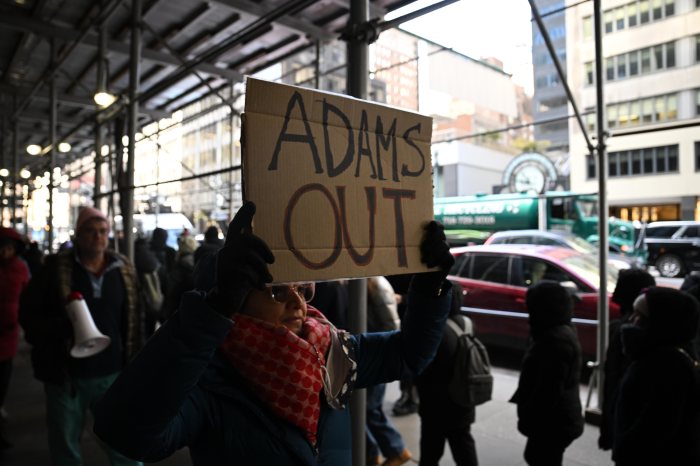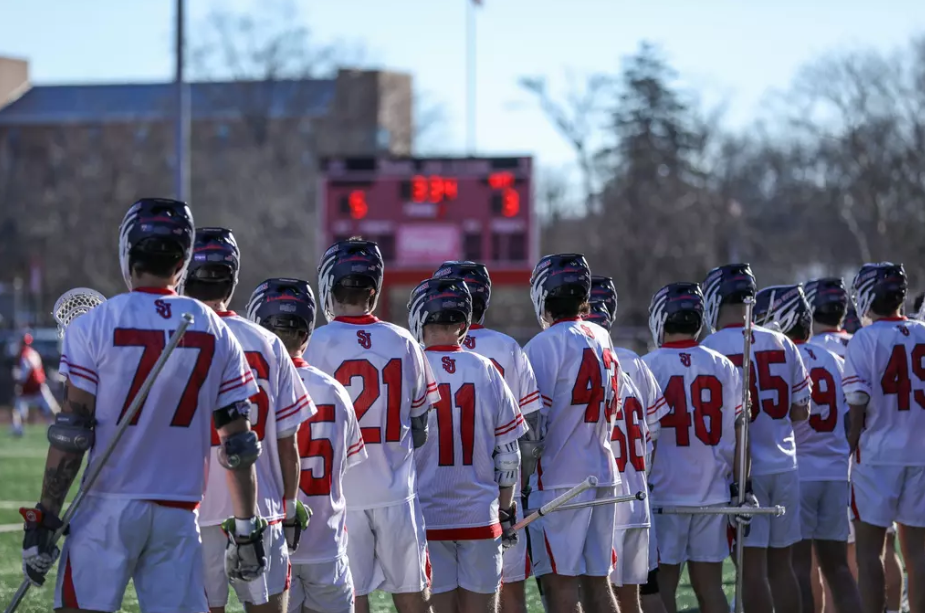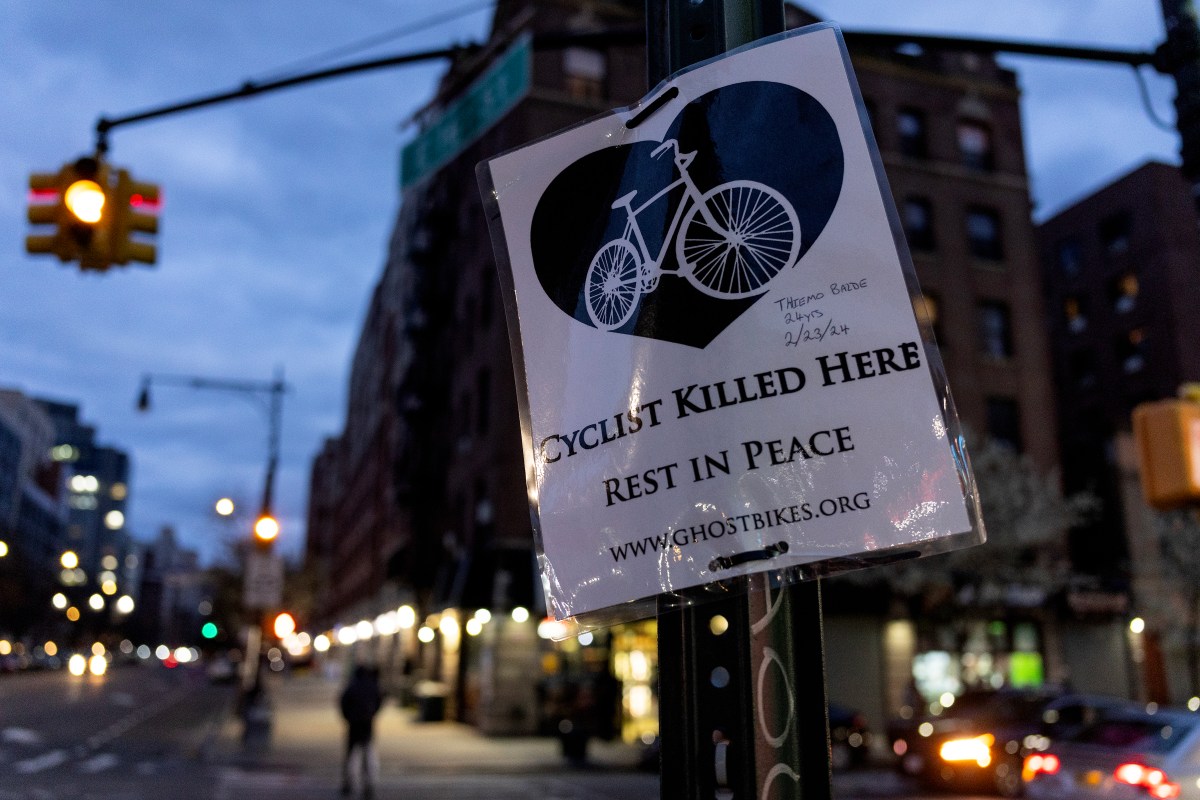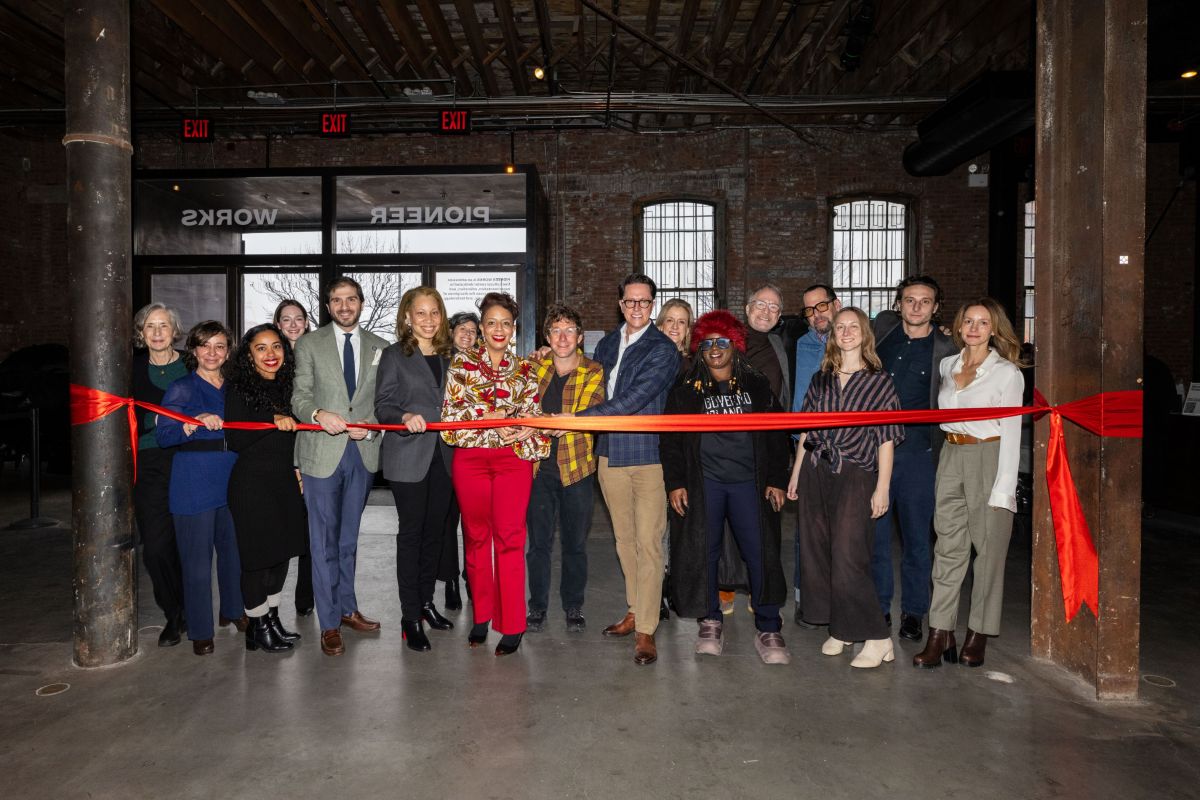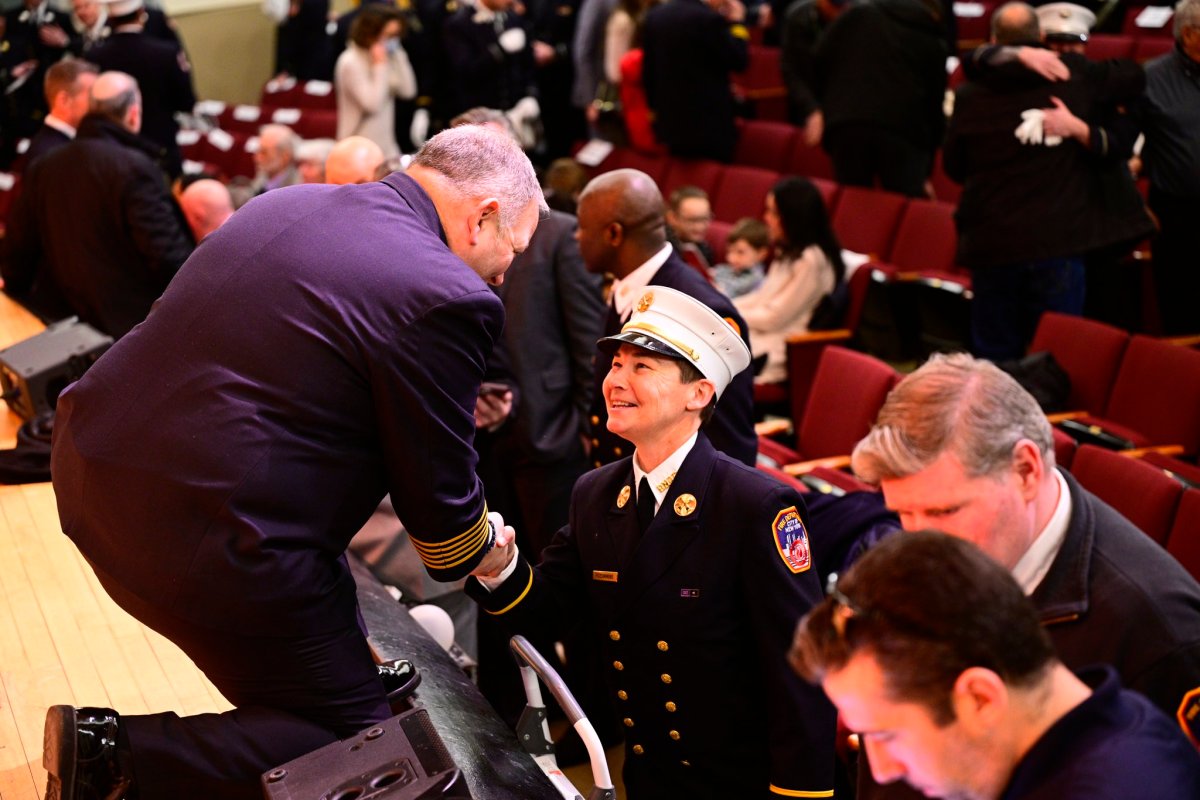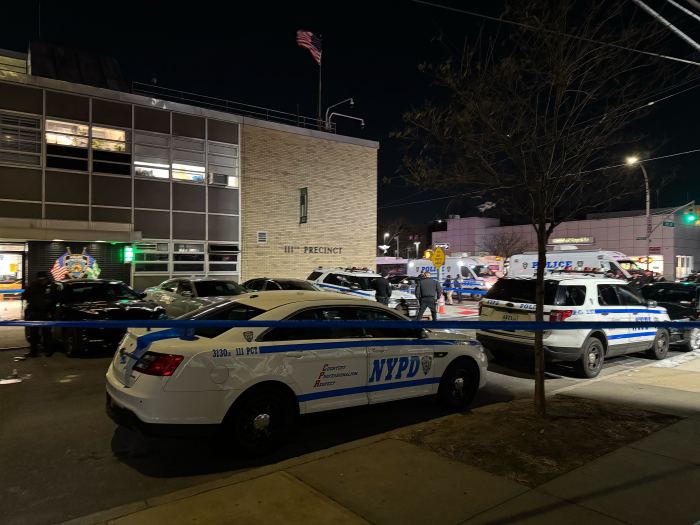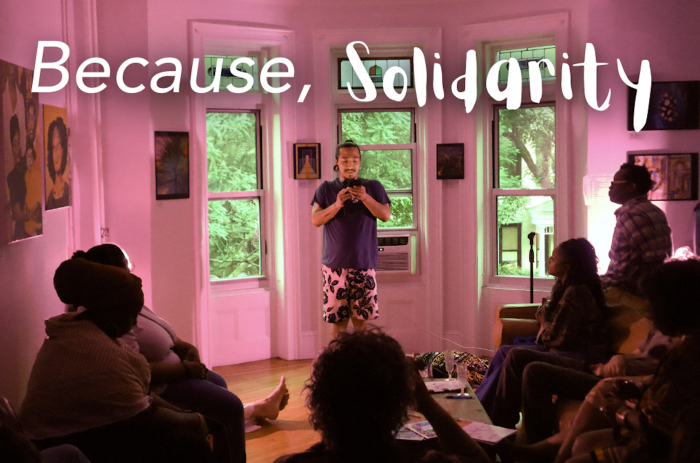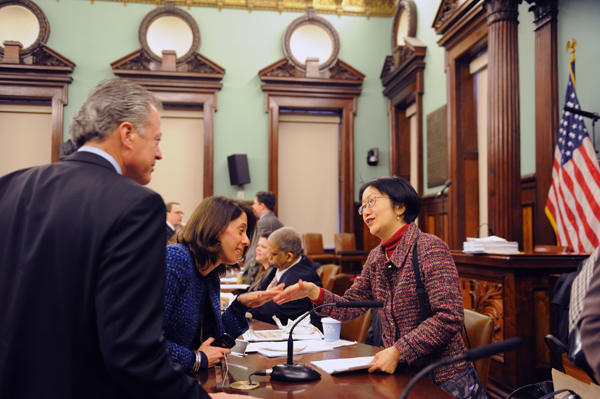
BY TERESE LOEB KREUZER
On the morning of March 20, City Council’s Sub-committee on Zoning and Franchises and its Land Use Committee approved The Howard Hughes Corporation’s ULURP (Uniform Land Use Review Procedure) application for the redevelopment of Pier 17 in the South Street Seaport. However, the $200 million plan was approved with a few modifications.
The revised plan was slated to go to the entire Council for a vote in the afternoon, where it was certain to be approved.
Construction on Pier 17 will now begin on Oct. 1, 2013 instead of July 1, giving existing tenants in good standing the right to remain through the busy summer season and attempt to recoup losses suffered from Superstorm Sandy. Under the new agreement, they must vacate the pier by Sept. 9. These tenants will be able to apply for space in the new mall on Pier 17, though Howard Hughes will not be obligated to accept them as tenants.
Howard Hughes has agreed to engage an acoustical engineer to study ways to mitigate sound from concerts on Pier 17 and on the roof of the new mall so as not to disturb residents both in lower Manhattan and in the waterfront neighborhoods of Brooklyn.
The pier will be redesigned to accommodate maritime uses. This plan must be submitted to City Council no later than June 30, 2013.
The final modification was that the public will be guaranteed free access to the pier at all times. Portions of the rooftop will be made available for no rental charge to community-based organizations up to four times a year.
City Councilmember Margaret Chin in whose district the South Street Seaport lies, did much of the negotiating to obtain these concessions from The Howard Hughes Corporation, which has a 60-year lease on Pier 17 and on parts of the South Street Seaport.
Following the voting, City Council Speaker Christine Quinn and Councilmember Chin announced a deal with the Howard Hughes Corporation and its subsidiary, South Street Seaport Limited Partnership, and the New York City Economic Development Corporation for two new food markets in the South Street Seaport area.
Before Oct. 1, 2014, Howard Hughes and South Street Seaport Limited Partnership have agreed to open a food market that includes locally and regionally sourced food to be open to the public seven days a week. It will be within the area of their South Street Seaport lease.
In addition, there will be a new food market at the Tin Building. The agreement mandates that any proposal for a mixed use project at the Tin Building must include a food market occupying at least 10,000 square feet of floor space showcasing locally and regionally sourced foods that are sold by multiple vendors. Like the other market, it must be open to the public seven days a week.
Tenants for that market will be selected by the Howard Hughes Corporation and the city’s Economic Development Corporation.
“Markets of this kind have a historic presence in Lower Manhattan, and I am proud that we were able to reincorporate this use into the wider redevelopment of the Seaport,” Chin said in a statement. “The start date of construction on the Pier 17 project will be postponed to allow current tenants to remain open throughout this summer. This is the right thing to do. It will allow small businesses to make back the revenue they lost as a result of hurricane Sandy….”
At the press conference, Quinn and Chin were surrounded by representatives of various community organizations including Community Board 1 and the Downtown Alliance.
“For a long time, Community Board 1 has fought for the inclusion of a public market in the historic Tin Building,” Catherine McVay-Hughes, Community Board 1’s chairperson, said in a statement. “This is a game changer at this critical time for the businesses and residents located at the historic Seaport area…. It will be wonderful to have a local and regionally sourced market open seven days a week, all year long.”
Representatives of the Fulton Stall Market were there, but Robert LaValva, founder of the New Amsterdam Market on South Street was notably absent. In a telephone conversation later that day, he said it was his birthday and he had other plans for the day. He also said that he was glad that the Tin Building would be used as a market for local and regional foods. However, he noted that the Tin Building has 20,000 feet of space and that only 10,000 are being allocated to a market.
That would make that market significantly smaller than the New Amsterdam Market, which has been using around 15,000 square feet of space under the FDR Drive between Beekman Street and Peck Slip on Sundays from April to December. LaValva said that a 10,000-square-foot market would be an amenity for local residents but would not be sufficient to act as a tourist attraction or a destination.
“We’re now talking about a 10,000 square foot market in a development site that is not known in any way,” he said, referring to the fact that Howard Hughes has an option on the site but has not publicly revealed its plans for it. He believes that it will have a shopping mall on one side of it and possibly a hotel and apartment complex on the other.
He also said that he has not yet decided if he will open the New Amsterdam Market this year. He said that today’s announcement changes the picture and that he does not know at the present time what he will do or when he will decide.




